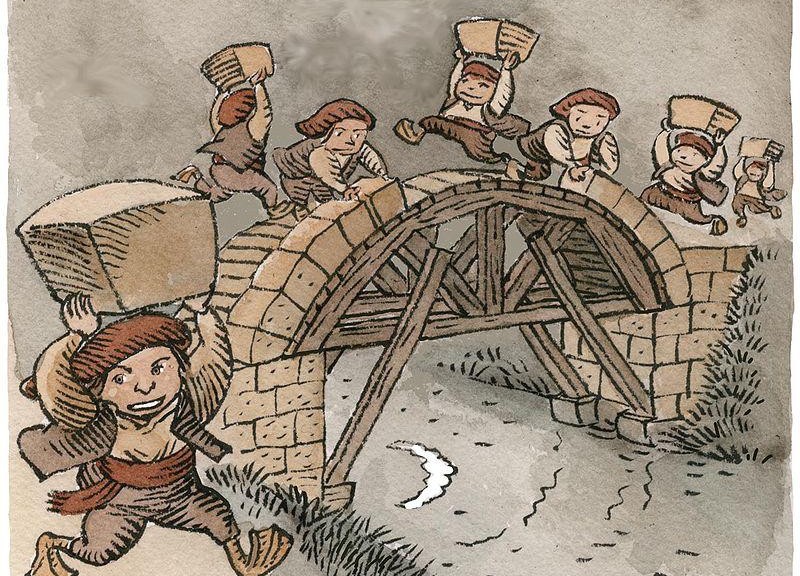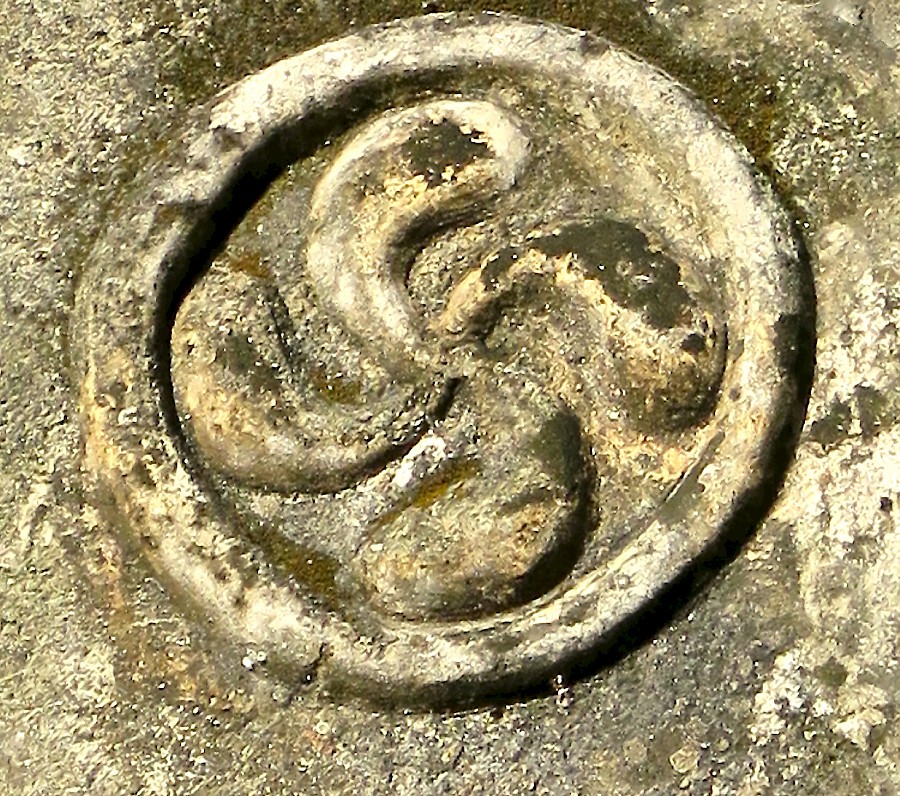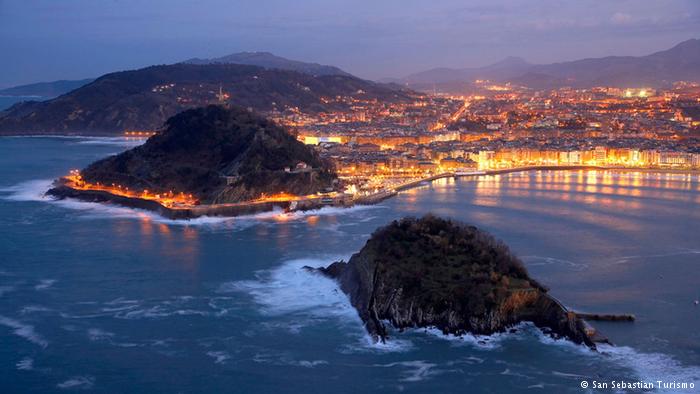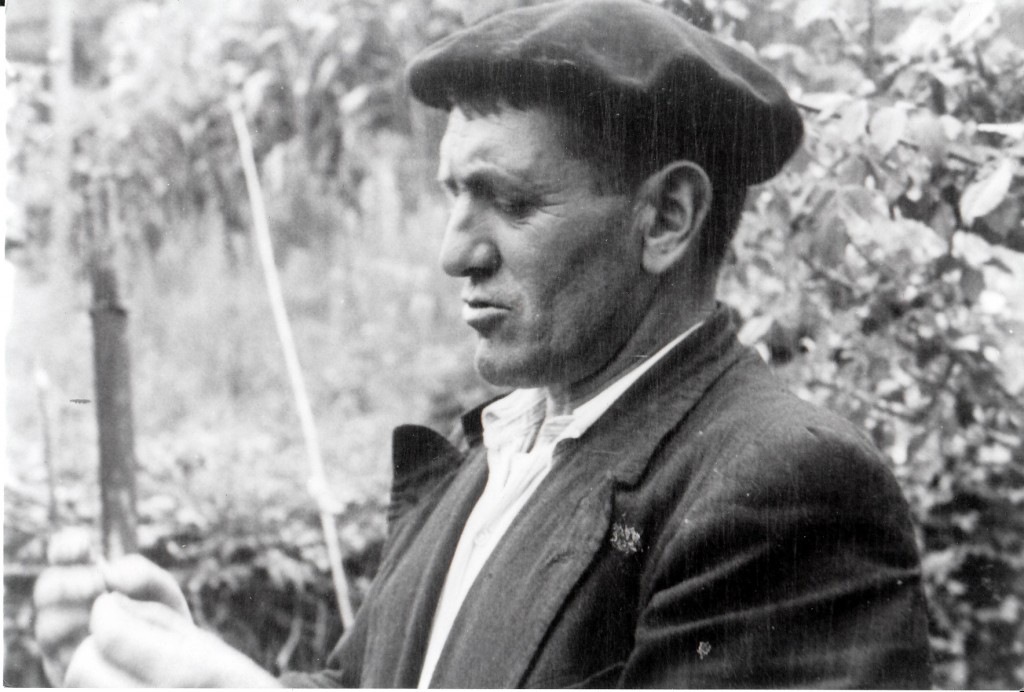As part of the buildup to the Smithsonian Folklife Festival celebrating the Basque culture, Vince Juaristi is writing a series of articles highlighting the connections between the Basques and Americans. He has graciously allowed me to repost those articles as they appear on Buber’s Basque Page.
Sprawled between the Washington Monument and the U.S. Capitol, the Smithsonian hosts the National Folklife Festival each year. Hundreds of thousands attend from across America and around the world to study and learn about diverse cultures in the United States. From June 29-July 4 and July 7-10, 2016, this year’s festival will showcase the Basque. In the lead up to this important event, we are publishing a series of historical and human interest articles that demonstrate how Americans and the Basque have crossed paths for centuries. An introductory article ran in January. Additional articles will run monthly through June 2016. We call the series, “Intertwined“.
John Adams Encounters the Basque
By Vince J. Juaristi
“Providence has favored me, with a very unexpected Visit to Spain,” wrote John Adams to his friend, James Lovell, on December 16, 1779. Over the next month, this landing on Spanish soil would test Adams like few journeys in his life, and yet afford him a surprise glimpse of the Basque, a people with such “a High and independent spirit, so essentially different from the other Provinces” that he would recall them years later during America’s struggle for a new constitution.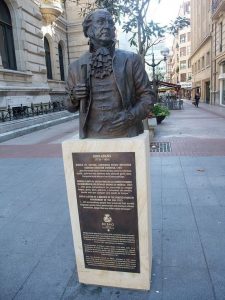
Weeks earlier, as battles raged along America’s eastern seaboard, Adams had left Boston harbor for Paris to begin dialogue for a peace accord. His ship, the Sensible, had run into a nor’easter two days out and sprung a terrible leak that forced all aboard to man the pumps day and night. After three thousand miles of winter weather on the Atlantic, the water-logged and rotting Sensible, manned by a desperate and exhausted crew had put into port at El Ferrol off the northern tip of Spain.
With peace possible and the fate of American, English, and French lives resting on his shoulders, Adams could not spare several months for ship repairs, so he decided to travel the nearly 900 miles over land to reach Paris. All the Spanish officials at El Ferrol assured him that his plan was a prudent course. The hospitality on the way was the finest in the world, they told him, the journey an easy excursion through lush countryside, even in December. It sounded very much like a vacation.
Determined and confident, Adams gathered his sons, John Quincy and Charles, and a few escorts, and headed out a day after Christmas 1779 in a caravan of thirteen mules like Don Quixotes from the New World.
Much of Spain at the time resembled what Adams had spent a lifetime fighting in Boston and then Philadelphia. Nearly all of the country fell under a trident of power. First, a monarchy levied taxes, drafted fathers and sons into Spain’s never-ending wars, and ruled by royal decree without election or the consent of the people.
A second prong was the clergy who had erected in town after town massive cathedrals, and then collected heavy tithing for their upkeep. Failure to tithe, warned the clergy, condemned a commoner to perdition’s flame. Most paid, and had paid for centuries, keeping peasants as peasants, destitute and powerless. Though a devout man, Adams saw through this ruse commenting, “Nothing appears rich but the Churches, nobody fat, but the Clergy.”
The noblemen comprised the third prong. They commanded vast lands and ships that kings and queens of the past had bestowed on their ancestral lines in exchange for political loyalty and obedience. The nobles imposed fees for the privilege of using their lands or ships to grow bread, catch cod, or build homes for families.
This trident of king, clergy, and nobles acted like a devil’s fork to draw life and blood from the people much like King George of England and the noblemen under his reign plagued the American colonies. “I see nothing but Signs of Poverty and Misery,” Adams wrote. “A fertile Country, not half cultivated, People ragged and dirty, and the Houses universally nothing but Mire, Smoke, Fleas and Lice….No Simptoms of Commerce, or even of internal Trafic, no Appearance of manufactures or Industry.”
Along the path, mile after mile, this gloom did not let up, not for a moment. From El Ferrol through Galicia, León, and Castille, the scarcity of terrain and the poverty of people weighed on Adams, his sons, and his party. The taverns offered little accommodation, so each man carried his own blankets and sheets, food and water, flint and steel.
In the December chill, he hoped only for a comforting fire at night, but even that simple luxury eluded him. “I have not seen a Chimney in Spain,” he wrote. Whenever a fire was lit, the room filled with smoke and soot, causing everyone around the small flame to cough and wheeze. With watery eyes, they turned gray as shadows and then black as coal, their faces “looking like Chimney Sweepers.”
The grime and filth wore down the whole party and by the new year, every one of them had come down with some kind of respiratory illness. The humid chill froze them to the bone. Adams admitted in a letter home to Abigail that reaching Paris by land may have been a grave error in judgment. “The Church, State, and Nobility, exhaust the People to such a degree,” he wrote, “I have no idea of the Possibility of deaper wretchedness.”
This glumness felt uncharacteristic for a revolutionary such as Adams. He was renowned for optimism, an undaunted fighting spirit, and intellectual vigor that had infused America’s revolutionary cause with philosophical underpinnings and legal reason. His was a character that would serve as Vice President to George Washington, and later the second President of the United States. Dejection felt ill-suited for someone cut of his sturdy cloth.
Yet by the time the mule train reached Burgos, his heavy feelings had turned to dark despair. “In short, I am in a deplorable situation indeed,” he wrote on January 11, 1780. “I know not what to do. I know not where to go.”
With heavy heart, he climbed into his mule-drawn carriage the next morning, and plodded through Bribiesca, Pancourbo, and Ezpexo. Sitting across from him were his children, John Quincy and Charles, listlessly rocking back and forth, each shivering, coughing, and sneezing. He worried for their safety, health, and proper schooling.
The carriage descended from a mountain peak, round and round, as if riding the back of a coiled snake, before it finally came into the valley of Biscay where the party would overnight in the town of Orduña.
No signs or landmarks delineated the boundary between the Spanish lands and the Basque territory, but Adams knew he had crossed an important line that stretched from craggy cliffs across a valley and north to the sea. His diary and the writings of others grew cheerful and upbeat almost immediately, like sunshine burning off the gray and cold of suffocating clouds.
In this new land, everyone rose before the dawn. The air had warmed, the chill had broken. “It is a beautifull, a fertile and a well cultivated Spot, almost the only one We have yet seen,” wrote Adams. Riding north, they met merchants on the path with salted fish, sardines, cod, and horse shoes, an assortment greater than any they had seen since Boston Harbor, and “the Mule and their Drivers look very well, in comparison of those We have seen before.”
On January 15, the mule train entered Bilbao, a city half the size of Boston, smelling of sea air and gutted cod, and buzzing with trade. Burly men, some in black berets, loaded and unloaded goods, dealt in the street and shook hands, dangled trinkets for trade, and marketed fruits and vegetables. Women sold yards of cloth and linen and hand-made scarves. Shops lined the road selling books, glass, china, toys, and cutlery. Most impressive of all, Adams beheld a splendid sight – a chimney! The hustle and bustle, all vibrant and freewheeling, felt so familiar to him. “In riding through this little territory,” he wrote, “you would fancy yourself in Connecticut.”
He and his party settled at a “respectable inn” where they could warm fingers and toes without breathing in ash. Hardly an hour had passed when a knock came, and there at the door stood a Basque merchant, Joseph Gardoqui, with an invitation to dinner. With a courteous bow, Adams happily accepted.
Gardoqui and his sons had built a thriving business that traded between Bilbao and the American colonies. He had sympathy for these revolutionary fighters, calling them “patriots,” and doing his small part, he believed, for their cause. Funneled through Basque territory and ports, his secret cargoes would include 30,000 muskets; 30,000 bayonets; 51,314 musket balls; 300,000 pounds of powder; 12,868 grenades; 30,000 uniforms; and 4,000 field tents.
At dinner, Gardoqui recounted with wild swings of arms and hands several Basque achievements. He spoke of the academy at Bergara, unlike any in Spain, where children of Biscay, Gipuzkoa, and Álava learned trade and the customs and cultures of Europe and America. He spoke of townships electing councils for decentralized governance and described how the Basque collected revenues in a common formula transparent to all. Adams listened with rapt attention, drinking wine of Gardoqui’s own vintage.
The two walked the streets of Bilbao after dinner to see the Board of Trade, a Basque institution that had been 150 years in the making. Merchants by lot and election chose members of the Board to settle all disputes of trade on land or at sea. Neither foreigners nor appointees of the King could serve.
Adams marveled how this Board had blossomed outside the King’s reach, writing of it in letters home and in his diary. Its origin mirrored events in Adams’ colony of Massachusetts that had sparked the American Revolution. In 1632, the King of Spain levied a tax on salt. The citizens of Bilbao refused to pay and then killed the officers who tried to collect it. The King dispatched three thousand troops to put down the rebellion, but the Basque organized, fought back, and killed or drove out the soldiers. Consequently, the King lost much of his authority over the Basque to collect duties or confer lordship over lands and ships.
That night Adams wrote in his diary, “The Lands in Biscay are chiefly in the Hands of the People – few Lordships.” He also dispatched a letter to Samuel Huntington, President of Congress in Philadelphia, saying, “It may seem surprising, to hear of free Provinces in Spain, but such is the Fact,…that a Traveller perceives it even in their Countenances, their Dress, their Air, and ordinary manner of Speech, has induced the Spanish Nation and their Kings to respect the Ancient Liberties of these People, so far that each Monarch, at his Accession to the Throne, has taken an Oath, to observe the Laws of Biscay.”
Adams might have stayed in Bilbao weeks longer to satisfy his profound curiosity, but he was eager to reach Paris. The next morning, he bundled John Quincy and Charles into the mule-drawn carriage, and assembled the rest of his party to leave Bilbao. They crossed into Bayonne three days later, and then Bordeaux two days after that. Paris came into view on February 9.
A year later in America, a defeat at Yorktown ended any hope England had of retaining her thirteen colonies. The Treaty of Paris brought the American Revolution officially to a close in 1783, due in no small part to Adams’ brilliance. The founding fathers then turned their attention to the long, painstaking challenge of forging a new constitution. They asked Adams to research and study the best political philosophies, the best models of history, and the best examples of the day, if he could find any, to illuminate their debate after so much sacrifice and miserable bloodshed.
In May 1787, he published his findings. Even though more than seven years had passed, and he had spent only eight days among the Basque, he remembered the people fondly and wrote of them with eloquence. “While their neighbors have long since resigned all their pretensions into the hands of kings and priests,” he wrote, “this extraordinary people have preserved their ancient language, genius, laws, government, and manners, without innovation, longer than any other nation of Europe.”
Adams declared the Basque a republic. Then abiding the example of these remarkable people in the Pyrenees, the wise men of Philadelphia with studious care crafted a republic of their own.
———-
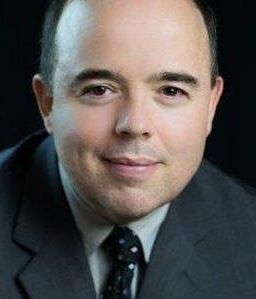 Vince J. Juaristi was born and raised in Elko, NV. He is CEO and President of ARBOLA, a technology company, in Alexandria, VA. His newest book, Basque Firsts: People Who Changed the World, will be released this year by the University of Nevada Press.
Vince J. Juaristi was born and raised in Elko, NV. He is CEO and President of ARBOLA, a technology company, in Alexandria, VA. His newest book, Basque Firsts: People Who Changed the World, will be released this year by the University of Nevada Press.
Share this / Partekatu hau:
Like this:
Like Loading...
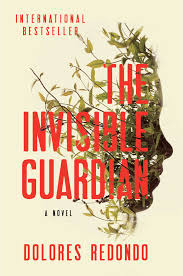 A while back, David Cox provided his thoughts on Dolores Redondo’s The Invisible Guardian. I’ve finally read it myself and here are my thoughts…
A while back, David Cox provided his thoughts on Dolores Redondo’s The Invisible Guardian. I’ve finally read it myself and here are my thoughts…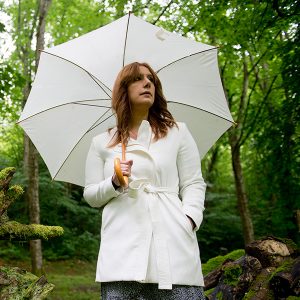 This is a mystery novel, centered around murders in a rural Basque village. Amaia, in her efforts to solve the crimes, has to also interact with various people she had effectively left behind, people from her childhood that revive old memories, both happy and painful. Redondo peppers the novel with various elements that remind the reader that the story is taking place in the Basque Country, but it isn’t heavy handed. That is, she isn’t forcing Basque culture onto the the reader, she simply places the story in that setting.
This is a mystery novel, centered around murders in a rural Basque village. Amaia, in her efforts to solve the crimes, has to also interact with various people she had effectively left behind, people from her childhood that revive old memories, both happy and painful. Redondo peppers the novel with various elements that remind the reader that the story is taking place in the Basque Country, but it isn’t heavy handed. That is, she isn’t forcing Basque culture onto the the reader, she simply places the story in that setting.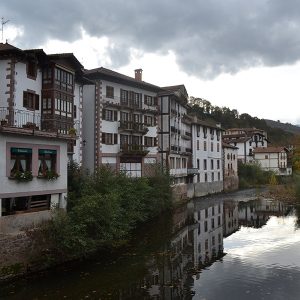 One minor spoiler: there are some elements of the supernatural in the story. I’m not yet sure how I feel about them. I won’t say much more, and I’ll reserve judgement until I see how they play out in the next two novels that continue Amaia’s adventures in the Basque Country.
One minor spoiler: there are some elements of the supernatural in the story. I’m not yet sure how I feel about them. I won’t say much more, and I’ll reserve judgement until I see how they play out in the next two novels that continue Amaia’s adventures in the Basque Country.

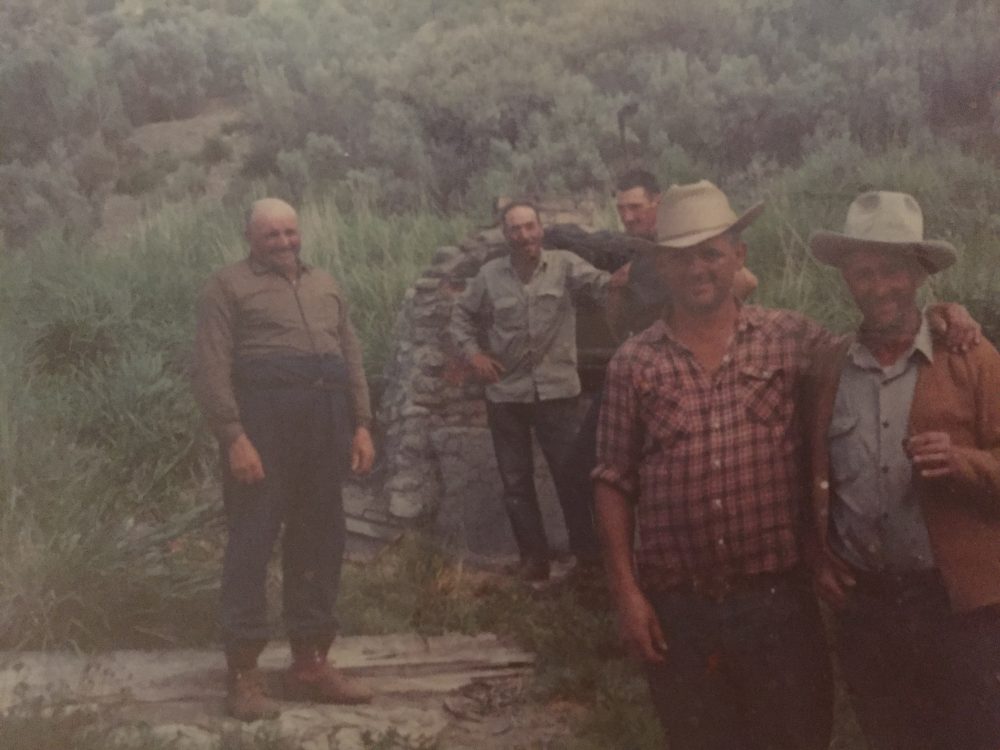
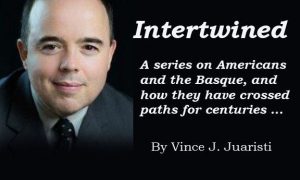 Sprawled between the Washington Monument and the U.S. Capitol, the Smithsonian hosts the National Folklife Festival each year. Hundreds of thousands attend from across America and around the world to study and learn about diverse cultures in the United States. From June 29-July 4 and July 7-10, 2016, this year’s festival will showcase the Basque. In the lead up to this important event, we are publishing a series of historical and human interest articles that demonstrate how Americans and the Basque have crossed paths for centuries. An introductory article ran in January. Additional articles will run monthly through June 2016. We call the series, “Intertwined“.
Sprawled between the Washington Monument and the U.S. Capitol, the Smithsonian hosts the National Folklife Festival each year. Hundreds of thousands attend from across America and around the world to study and learn about diverse cultures in the United States. From June 29-July 4 and July 7-10, 2016, this year’s festival will showcase the Basque. In the lead up to this important event, we are publishing a series of historical and human interest articles that demonstrate how Americans and the Basque have crossed paths for centuries. An introductory article ran in January. Additional articles will run monthly through June 2016. We call the series, “Intertwined“.
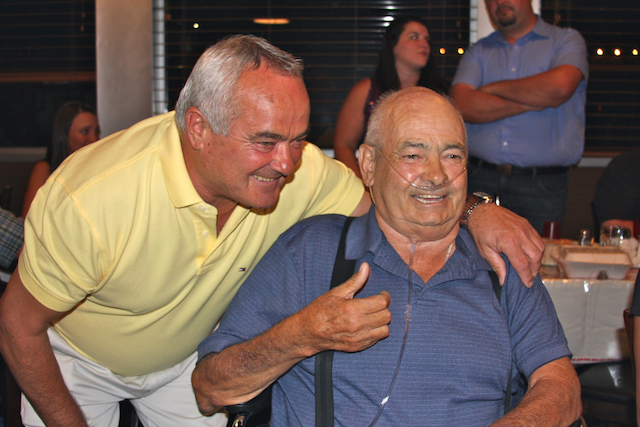
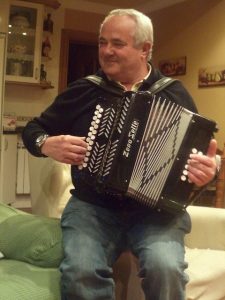
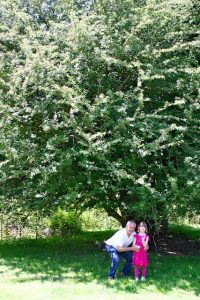
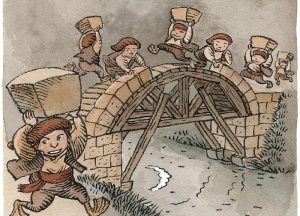
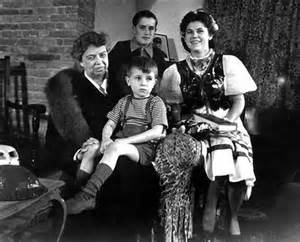

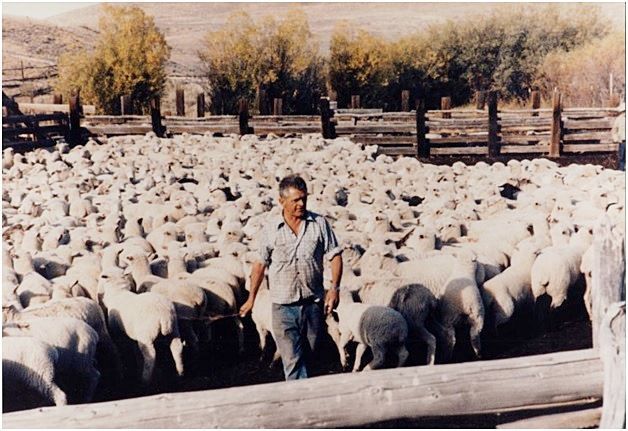
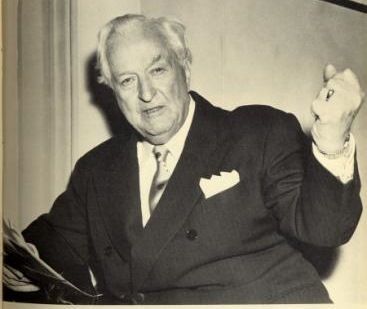
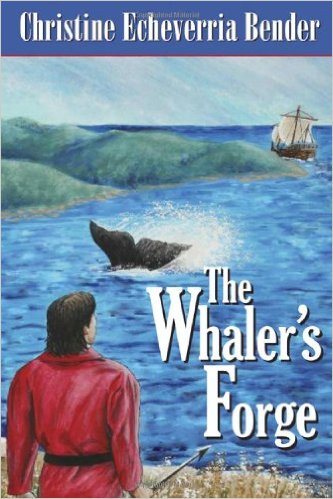
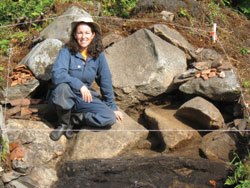
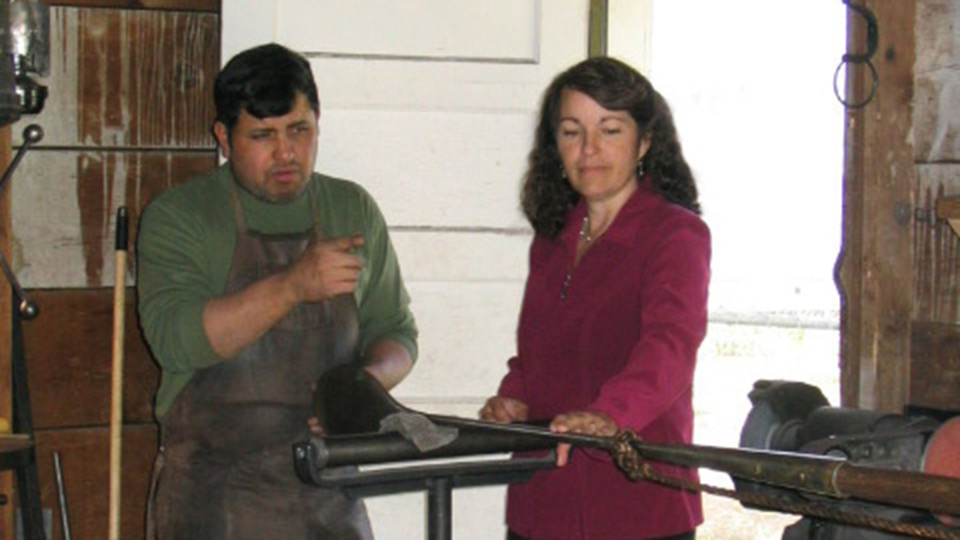 Buber’s Basque Page: Just a curious point from my point of view: when I’ve tried doing genealogy research into my Basque roots, all of the names I’ve found back several centuries have been Spanish. Yet, all of your Basque characters have names that are Basque. How widely used were Basque names back then?
Buber’s Basque Page: Just a curious point from my point of view: when I’ve tried doing genealogy research into my Basque roots, all of the names I’ve found back several centuries have been Spanish. Yet, all of your Basque characters have names that are Basque. How widely used were Basque names back then?